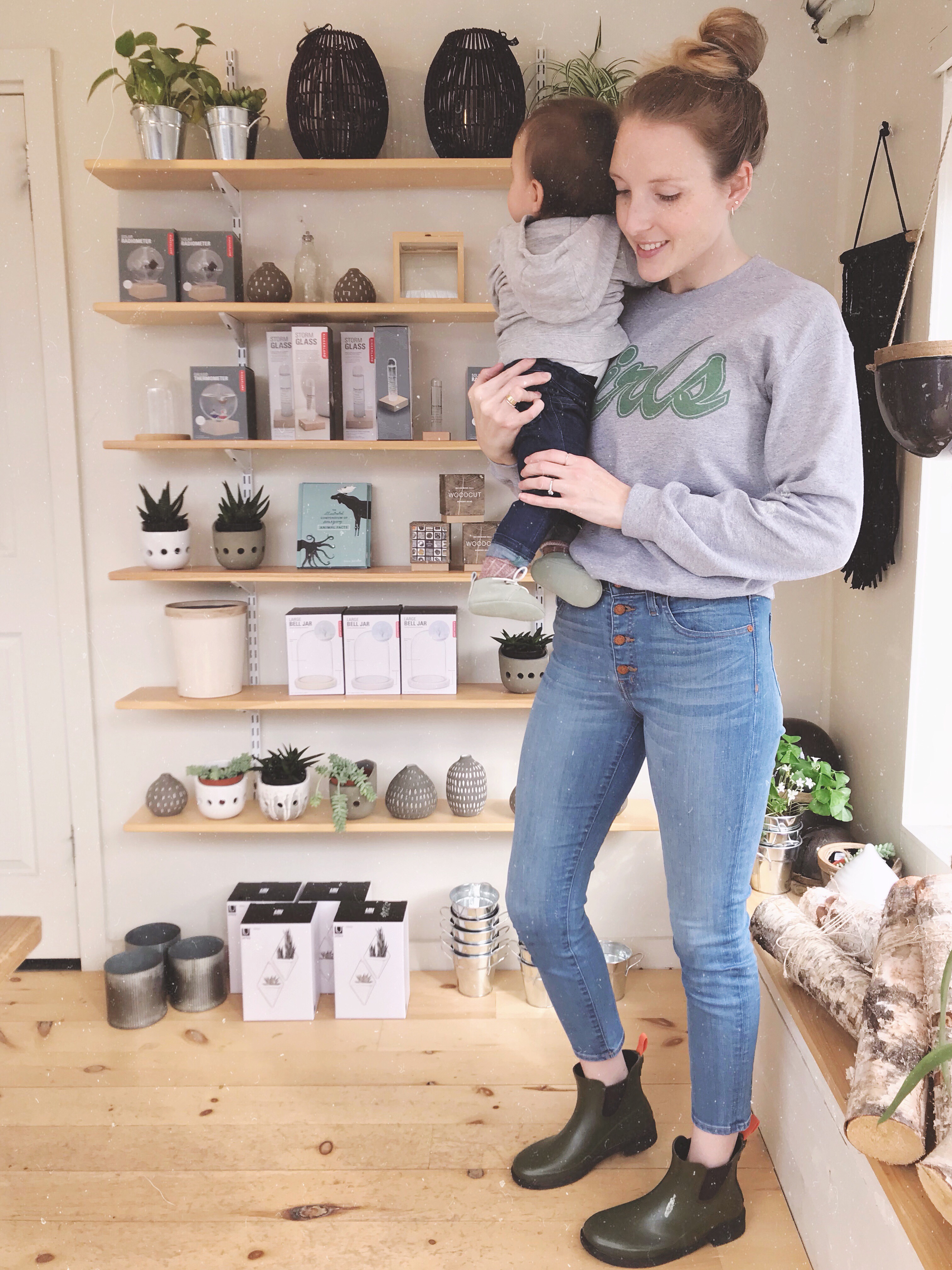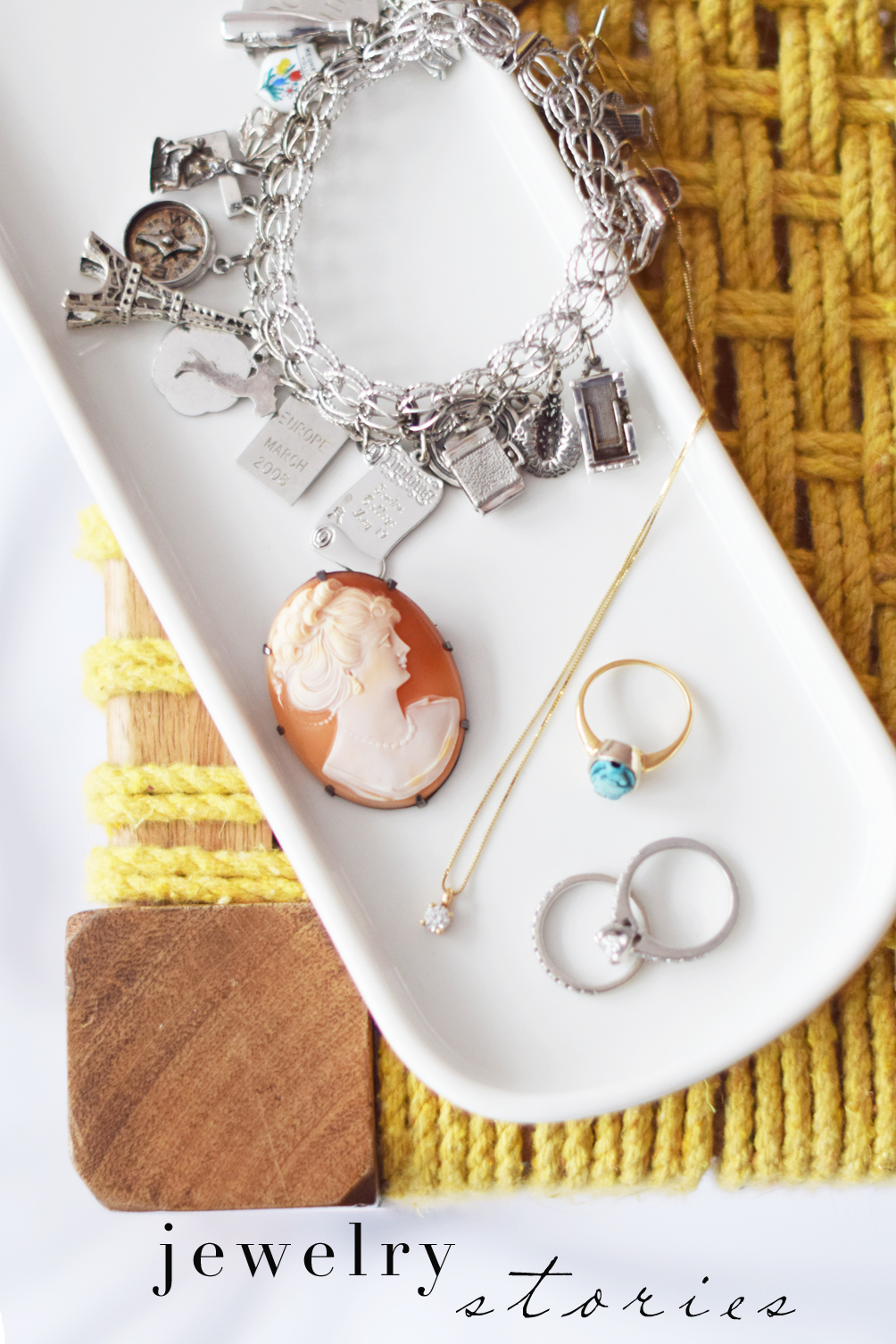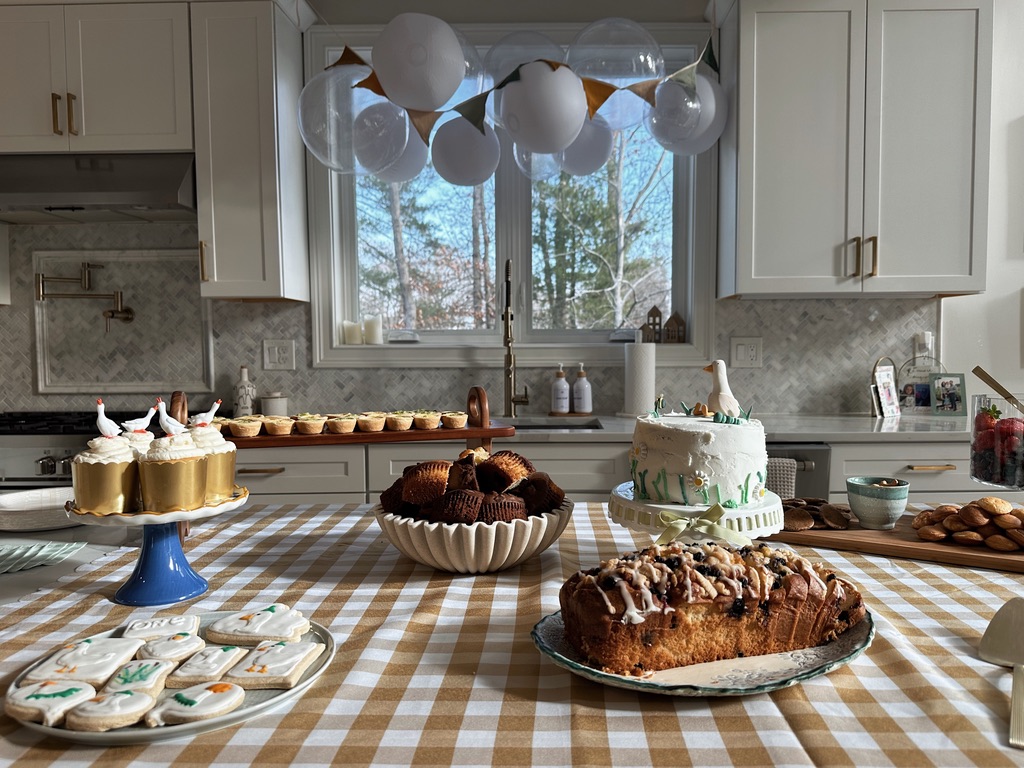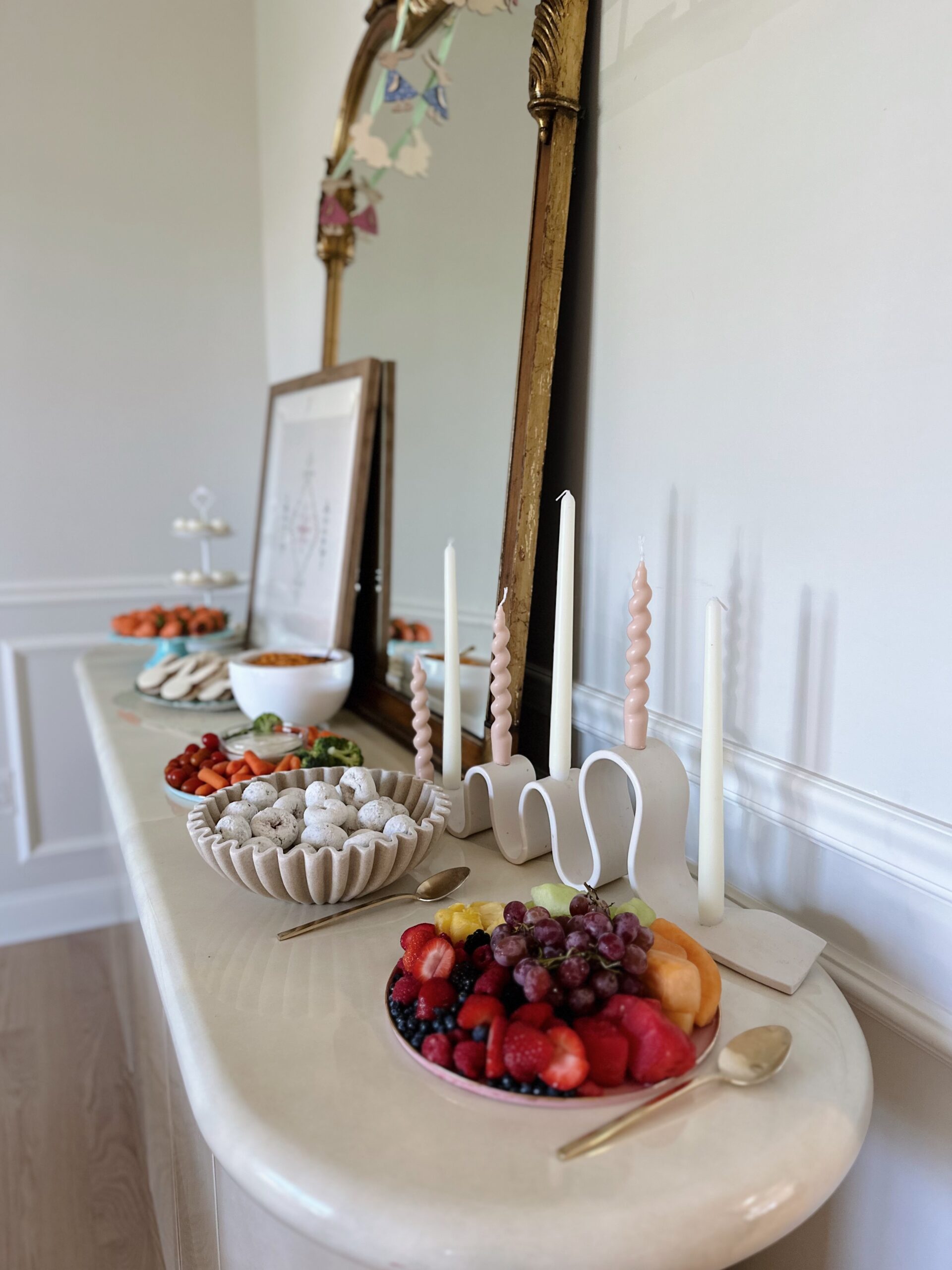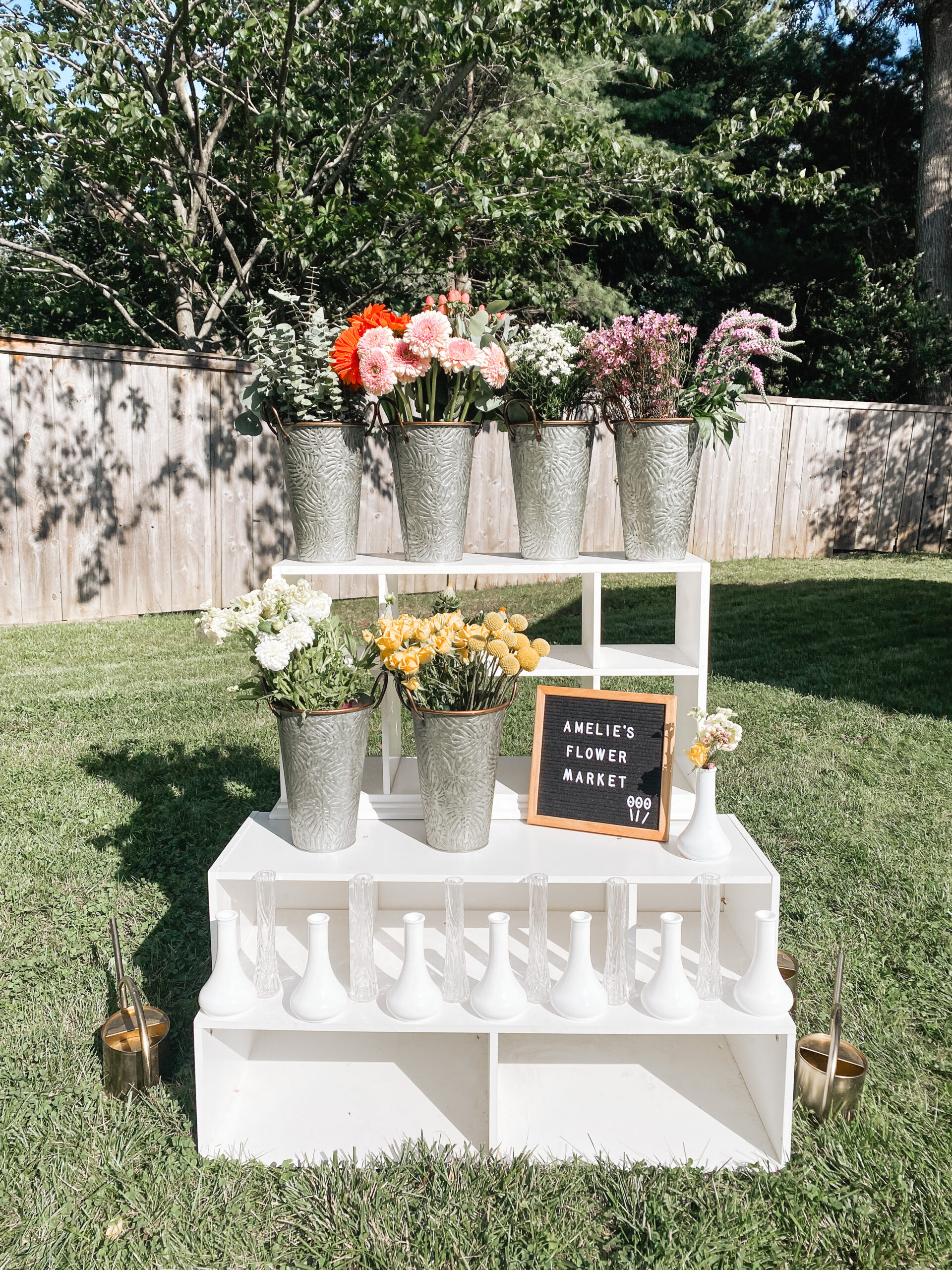Amazon Prime has ruined me. If product shipments take more than two days I’m peeved. That miraculous duster-vacuum-combo machine should be at my front door in forty-eight hours or I want a refund. Okay, I’m not actually that much of a diva (I promise), but you get the point. Not much in our everyday life calls for patience. We don’t even have to wait in line for coffee anymore–just order on your app, pick it up at the counter, and be done. So what’s the virtue in practicing patience? How do we even do it? I’m so glad you asked.
Patience is holding out for good. It is a state of endurance through trying or difficult times. Patience is not passive. It doesn’t call for immobility or apathy.
As a kid, I equated patience with twiddling my thumbs or sitting on my hands. It was waiting in the car for my mom to hurry up and drive me to a friend’s house. It was wishing away the minutes until dad came home with pizza. There was nothing I could (or would) do in the interim. Through many painstaking years of learning, I’ve begun to see patience in a new light. There is always something to be done.
I now consider this state of endurance as ‘active hope.’ Even when I’m unsure of a situation’s outcome or I’m standing by for resolution, I make the choice of how to spend that time. I can either wallow in frustration or face the unknown. In these instances, our focus is paramount. Do we concentrate on what can’t be altered or decide to address what can be changed? We’re not ignoring the difficulty at hand. We’re not turning a blind eye or feigning ignorance. Instead, we’re recognizing our current limitations without letting them stop us dead in our tracks.
Seeing patience as an opportunity instead of a roadblock is game-changing. Our persistence in spite of hardship is key to internal growth. The next time life hands you a steaming hot bowl of adversity, don’t side-step it. Rather, walk alongside that struggle. Take matters into your own hands while holding out for the good.

